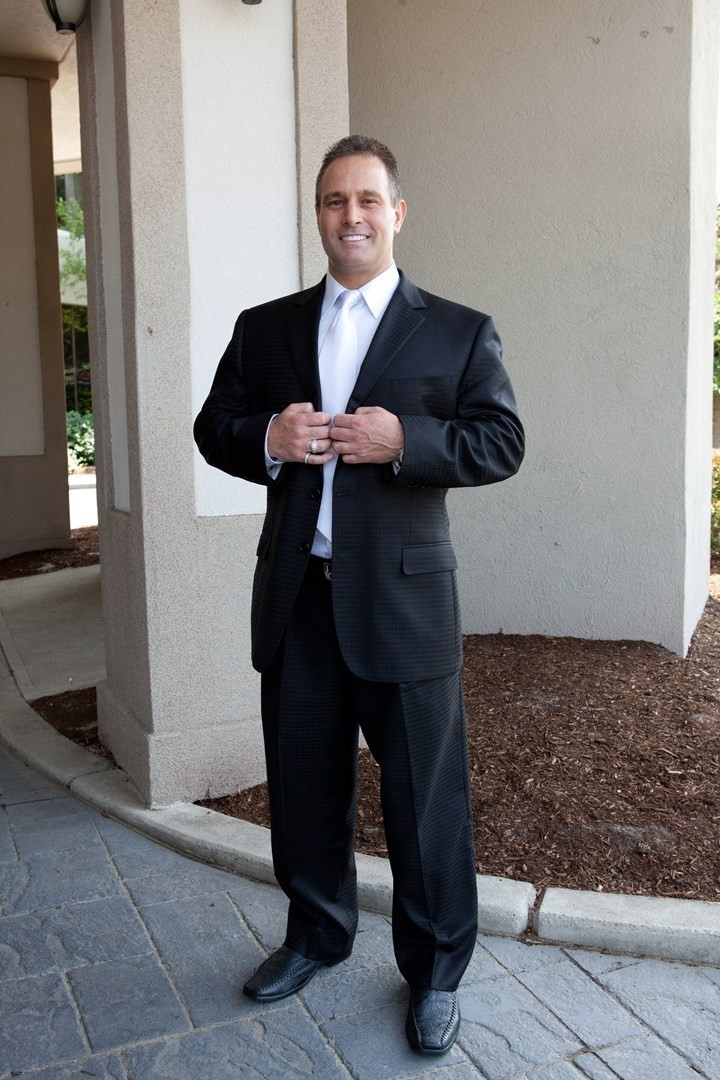Personal Wealth Bythebook Tips From Experts
Post on: 16 Март, 2015 No Comment

September 17, 1995 | Bloomberg Business News
For investors, the road to riches could begin with a side trip to the local bookstore.
The prize for simple straightforward investing advice goes to Buffett, the subject (but not the author) of The Warren Buffett Way: Investment Strategies of the World’s Greatest Investor by Robert Hagstrom, Jr.
Most recently as head of Omaha, Neb.-based holding company Berkshire Hathaway Inc. Buffett has made billions for himself and others by investing in well-run companies in businesses simple enough for him to understand.
Buffett buys up as much of the company he can at a bargain, and then works to let existing management go about its business. The 65-year-old billionaire makes relatively few investments, but the ones he makes are carefully chosen, long-term bets.
Hagstrom, a principal at the Philadelphia investment firm of Lloyd, Leith & Sawin, writes that Buffett finds daily tinkering with a portfolio unwise: In his mind, it is easier to buy and hold outstanding businesses than to constantly switch from `far from great’ businesses.
This no nonsense, nuts-and-bolts approach led Buffett to such well-known companies as Coca-Cola Co. whose stock price has more than tripled since the late 1980’s, when Berkshire initially invested in the Atlanta-based soft drinks company. Other winning investments include Cap Cities/ABC Inc. and Washington Post Co.
What’s missing from The Warren Buffett Way is Buffett himself. For though his investment philosophy and track record are detailed, Buffett himself only gave partial cooperation to the author and isn’t interviewed in the book.
Still, Hagstrom smoothly outlines Buffett’s investment criteria: A company’s track record, management strength and the ability to grow earnings as a percentage of the capital it employs. The author then shows how each of Berkshire’s core holdings exhibit these characteristics, and in so doing, makes complex concepts of basic finance easy to understand.
Investors who place a similar emphasis on the basics should pick up the best-seller since its 1989 debut: One Up On Wall Street: How to Use What You Already Know to Make Money in the Market, by Peter Lynch.
The former manager of Fidelity Investment Management & Research Co.’s Magellan stock fund knows about making money in the market. Under his management, Magellan grew to $20 billion by 1990 from just $14 million when he took it over in 1977. In the final five years of Lynch’s management, Magellan outperformed 99 percent of all stock funds.
Individual investors can reap returns that rival those of seasoned stock pickers, Lynch argues, by staying alert to investment opportunities lurking in the products and services they use every day.
In a now-famous example of when he was tipped to one of his investment home-runs, Lynch recounts how his wife’s fondness for L’eggs pantyhose lead to an investment that rose sixfold before the underwear and hosiery maker Hanes was taken over by Consolidated Foods, now Sara Lee Corp.
If Lynch’s formula sounds too simple, readers can find an antidote in the study of investor perceptions and their influence on market outcomes. In The Alchemy of Finance: Reading the Mind of the Market, George Soros explains his reflexivity investment theory to show the relationship between participants in a situation and the situation itself.
As manager of the Quantum Fund, a hedge fund investing in currencies, stocks and bonds, Soros earned average returns of more than 35 percent for his shareholders from 1987 through 1993.
Soros’ theorizing makes for a dense read, especially for the average reader with a minimal knowledge of markets and economics. Even so, many may find his Real Time Experiment of interest. Here, Soros chronicles his day-by-day investment moves in the mid-1980’s as he tried to put his theory into practice, and then reviews the results.














